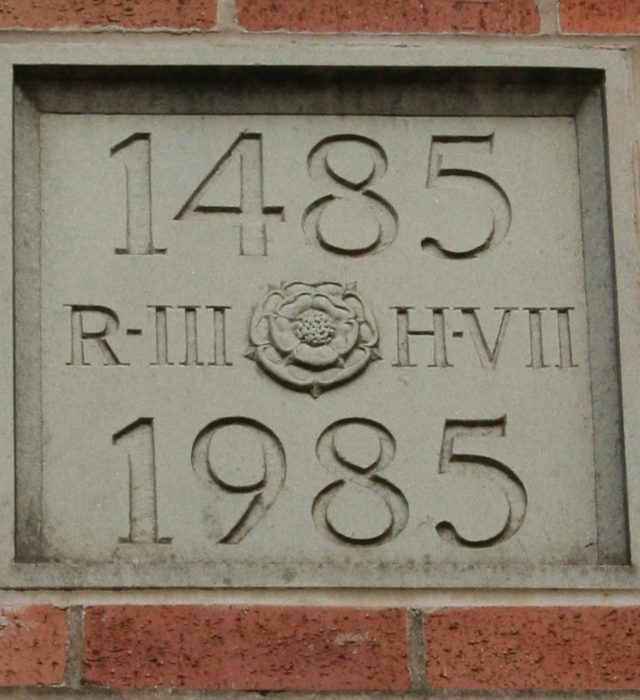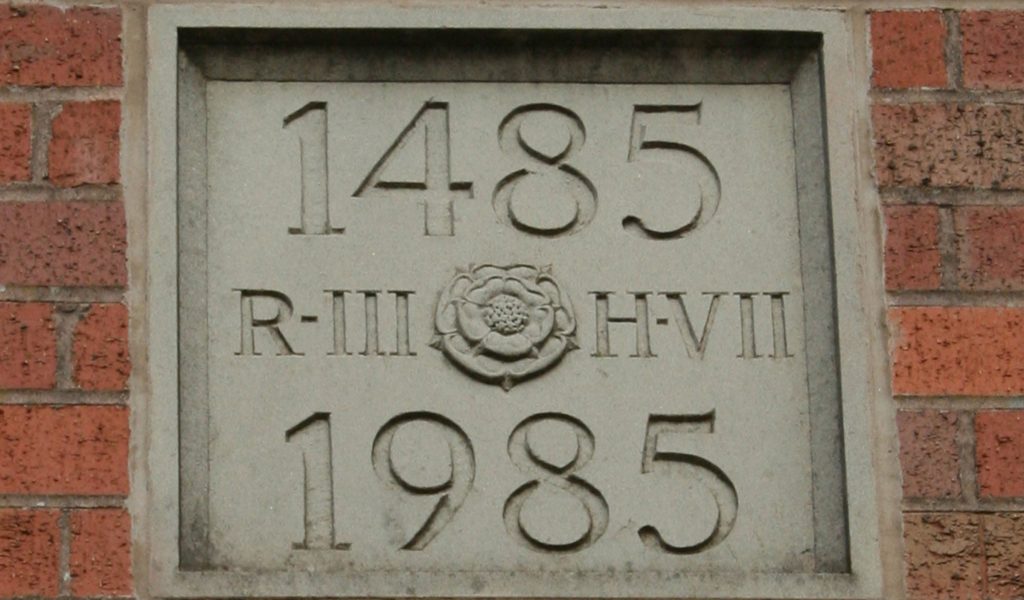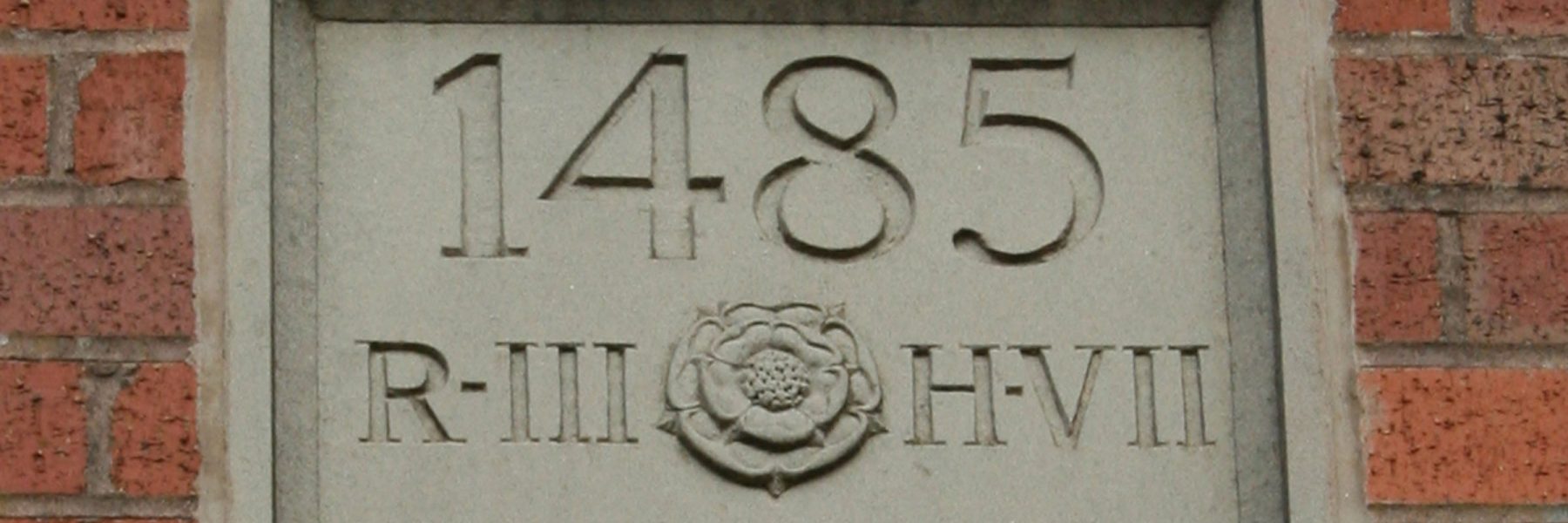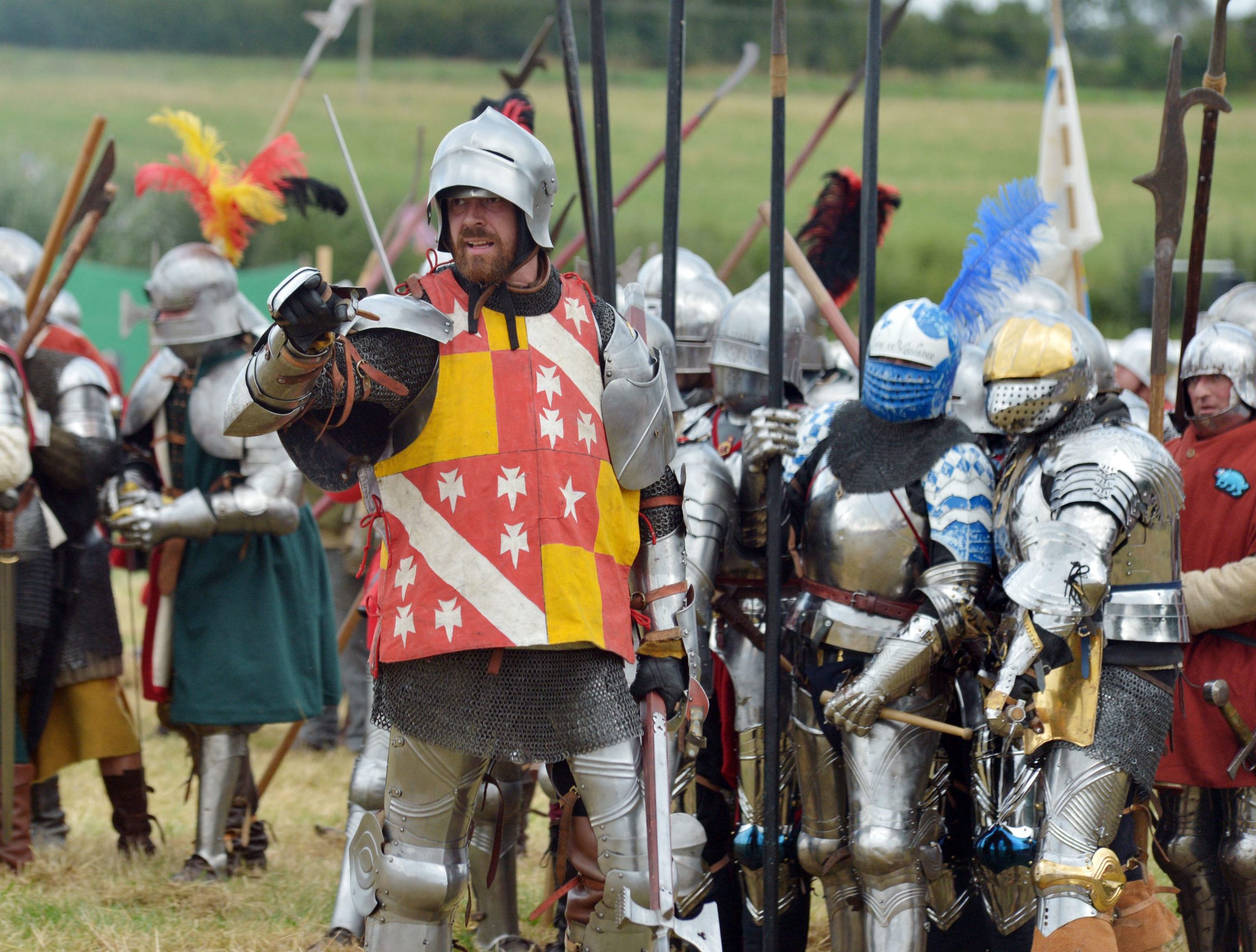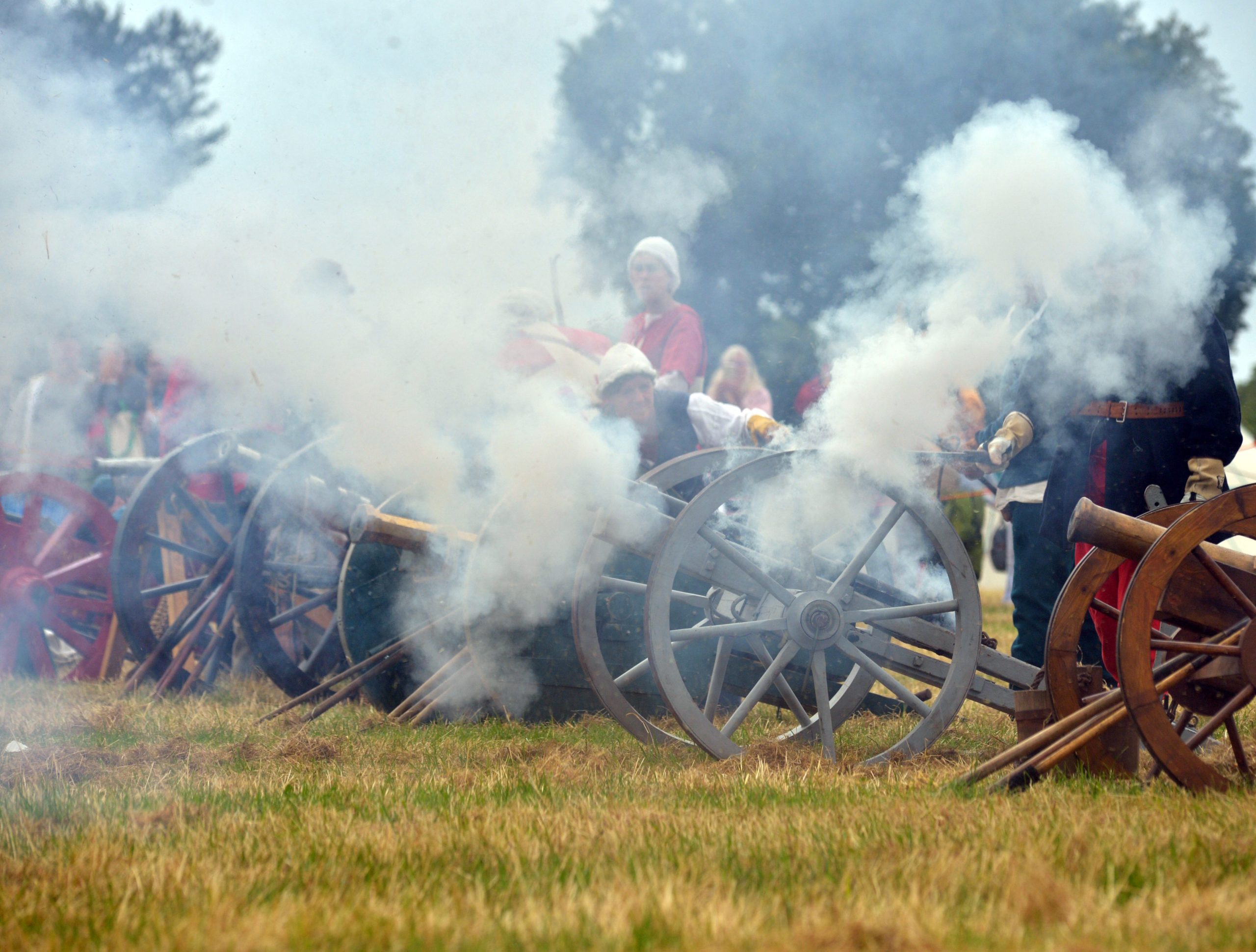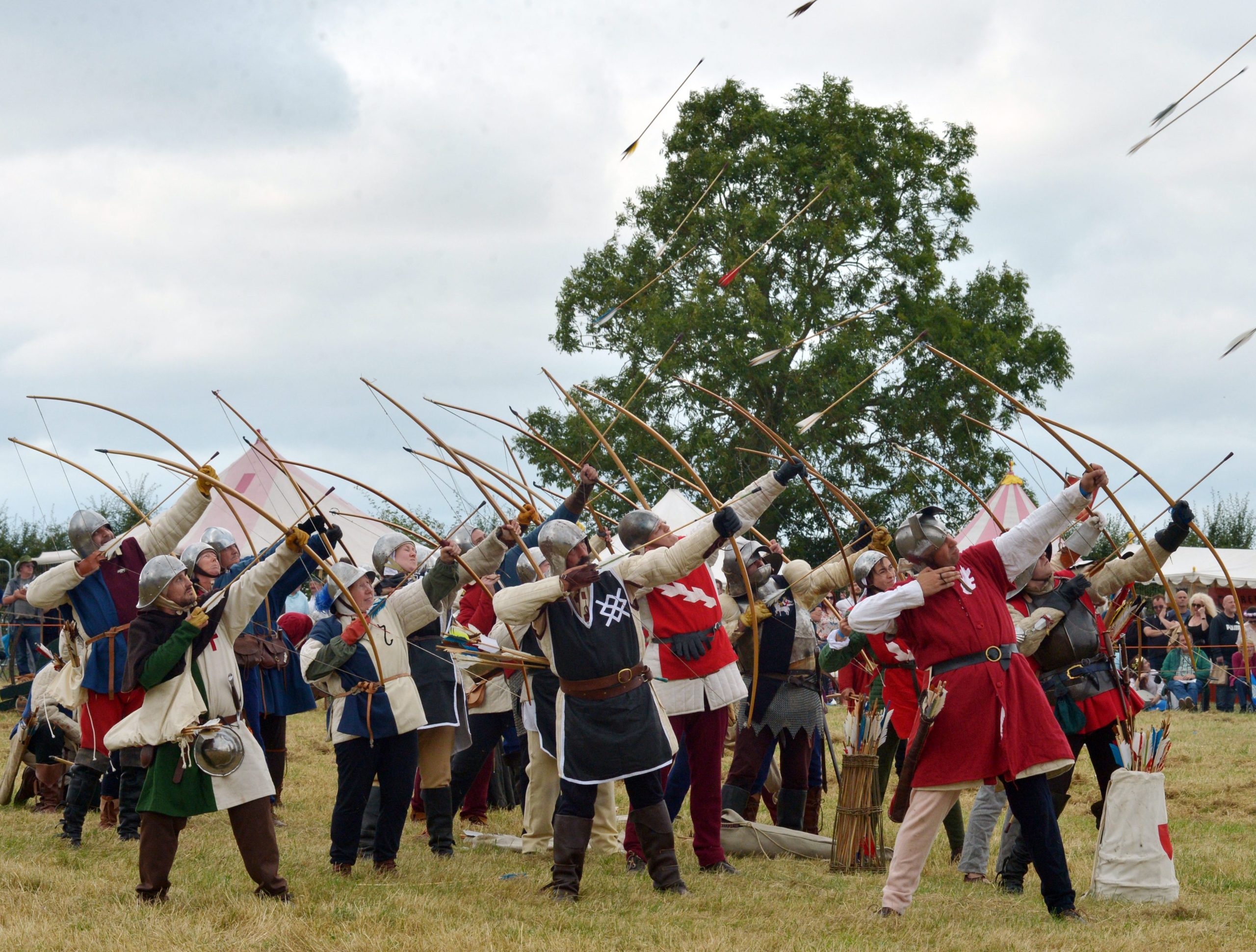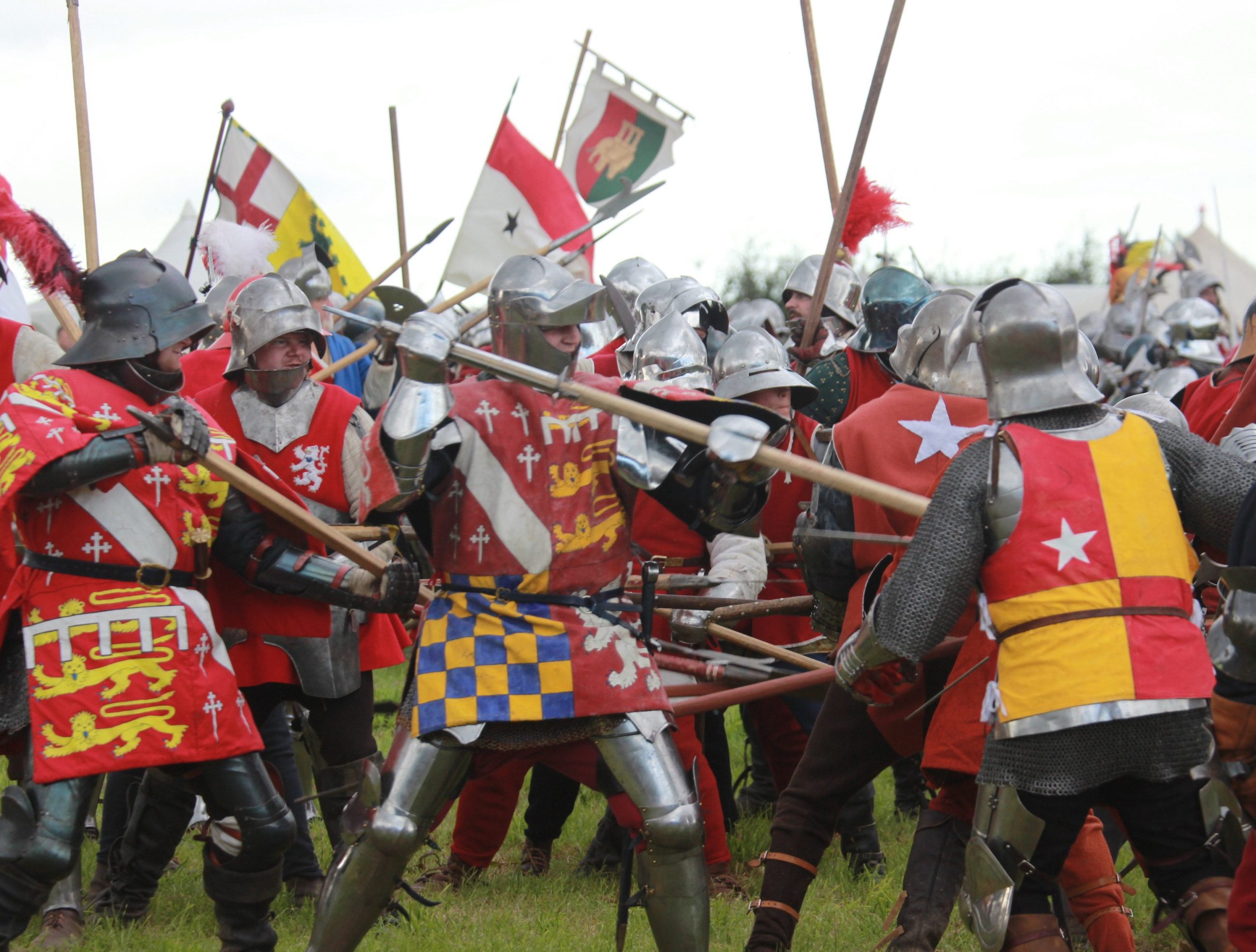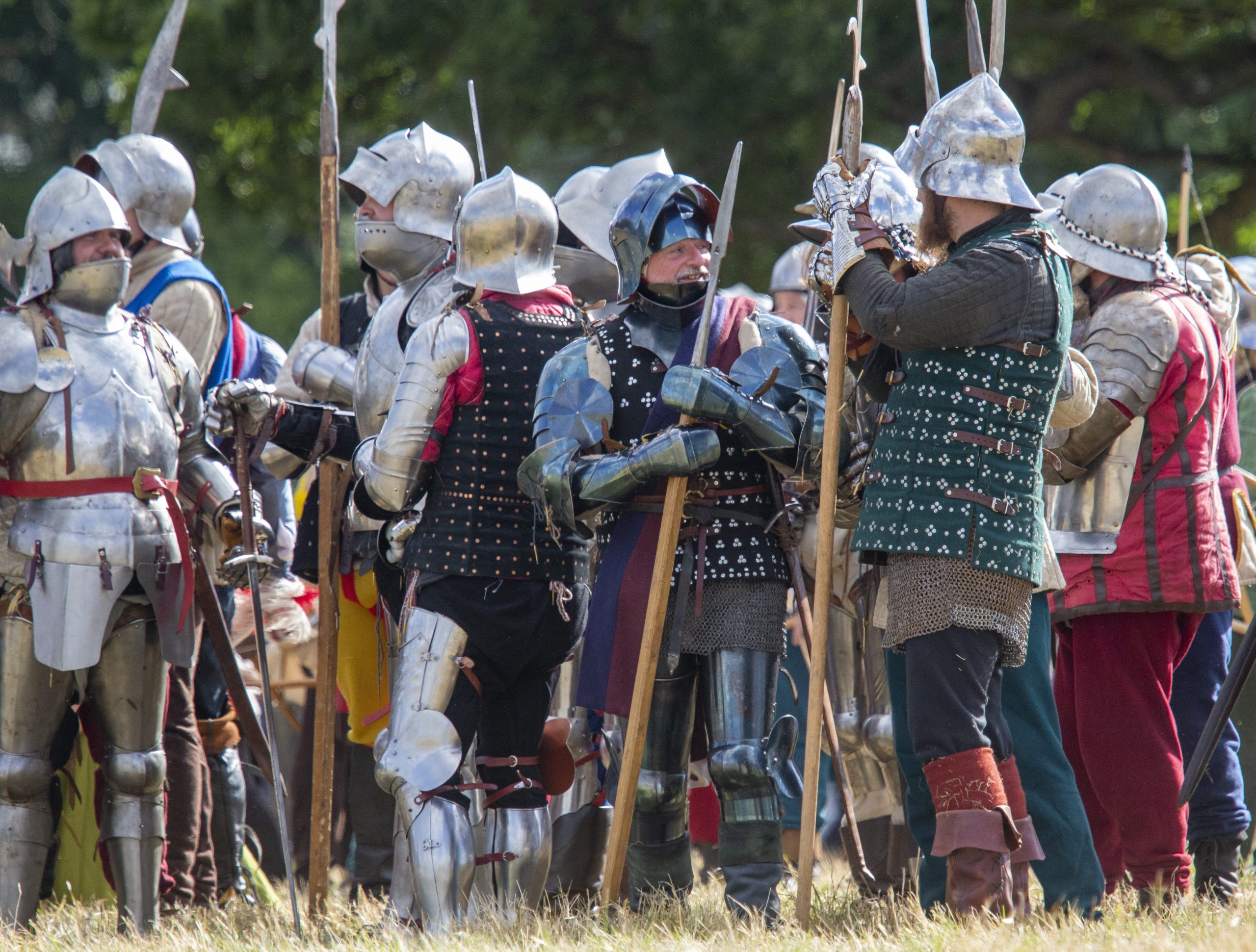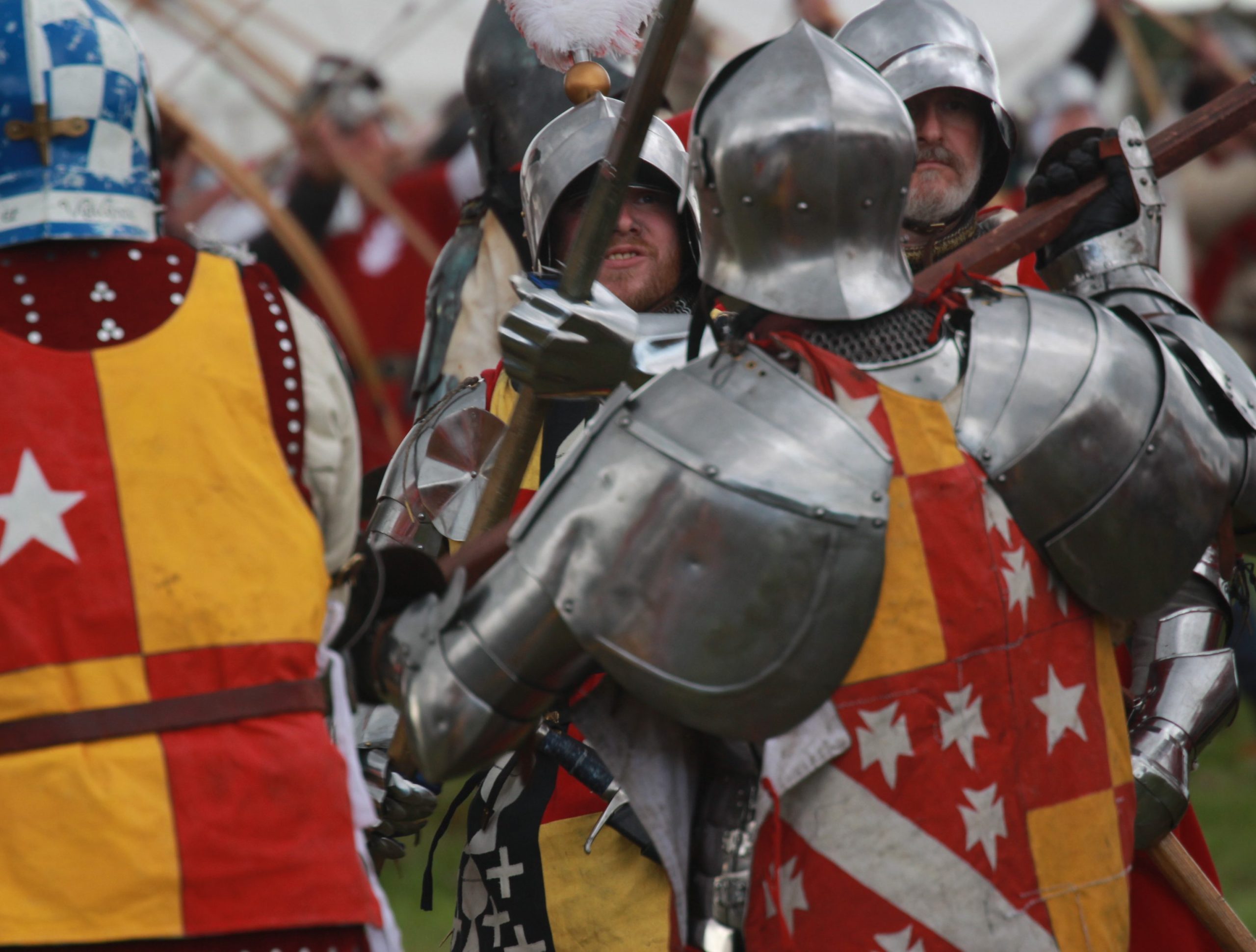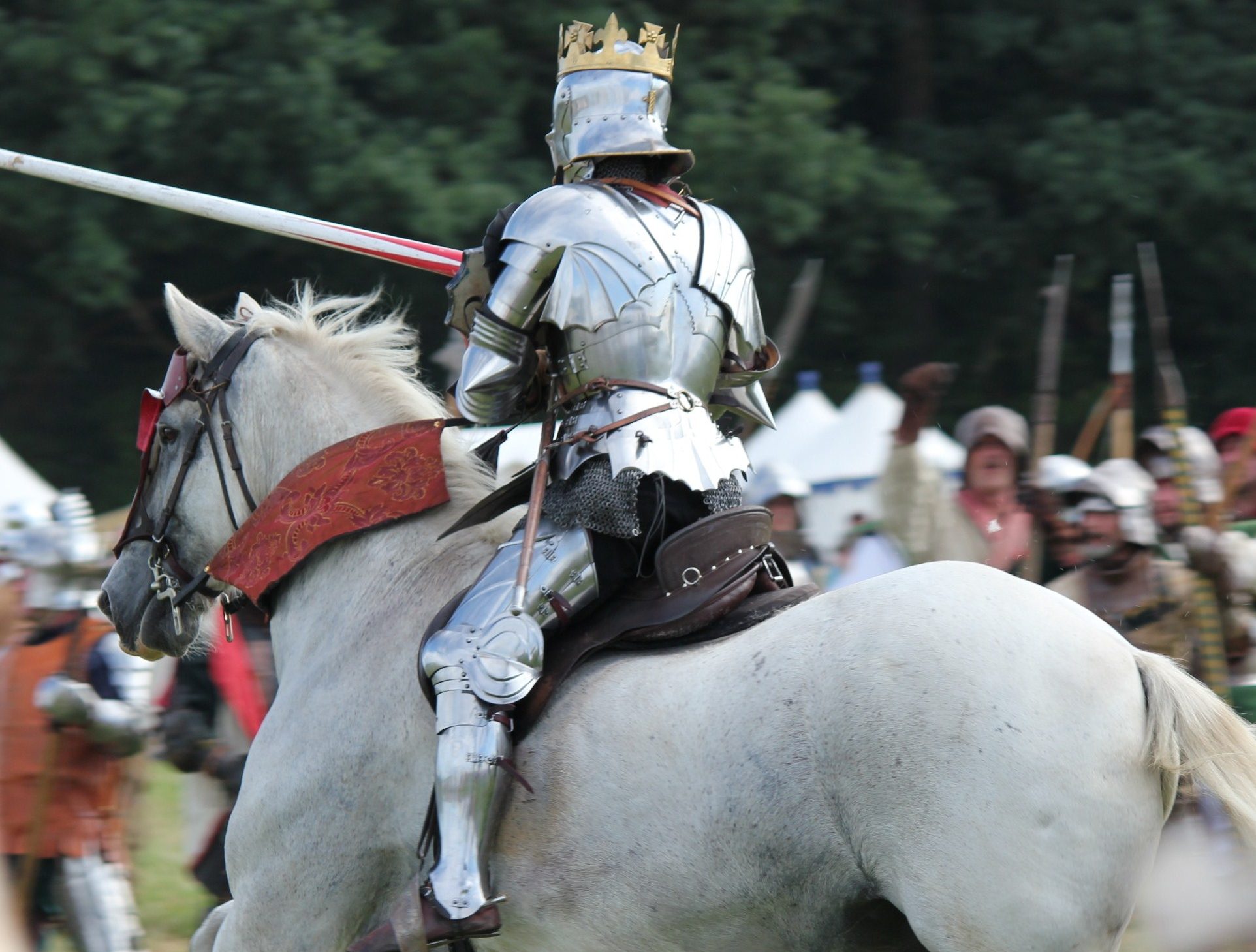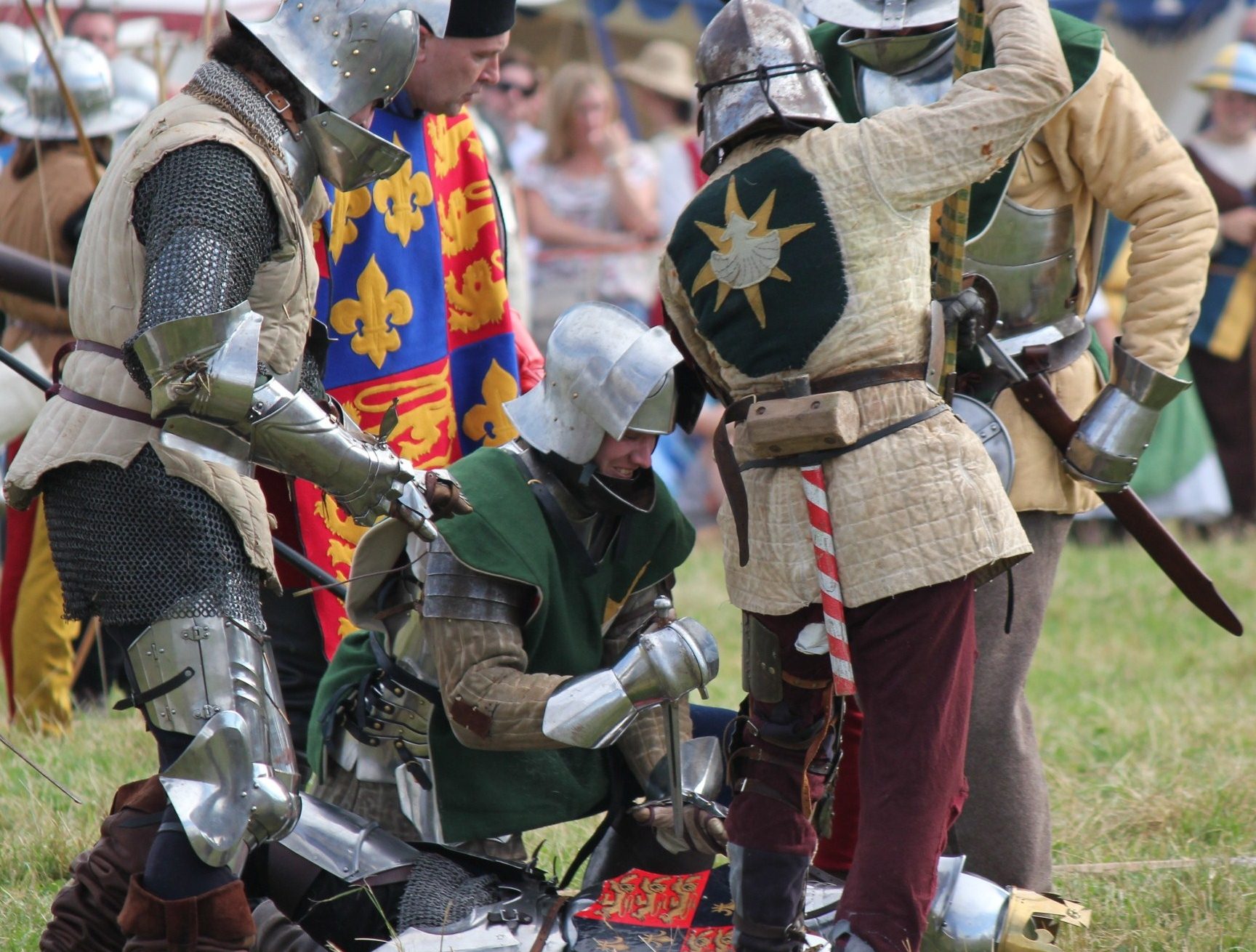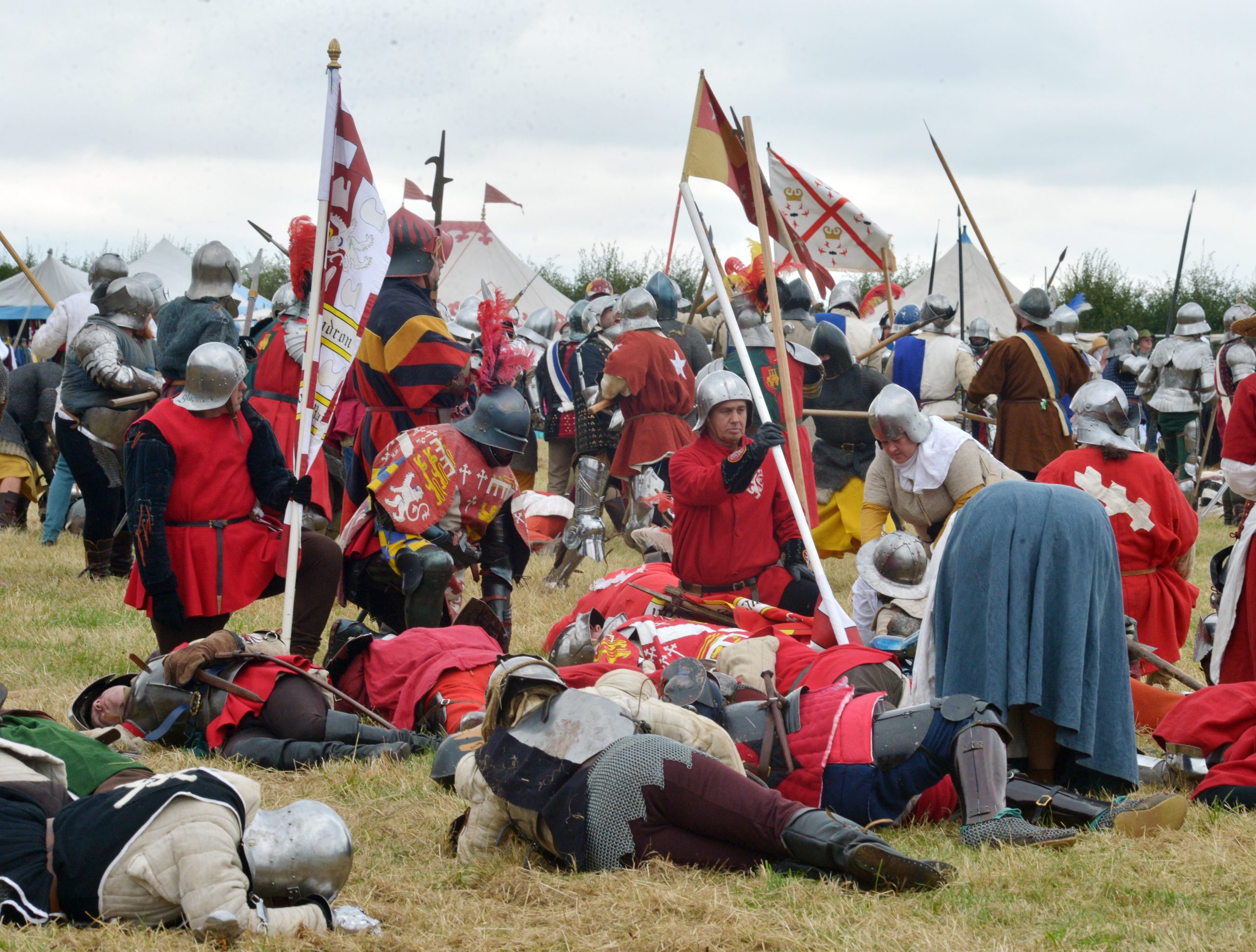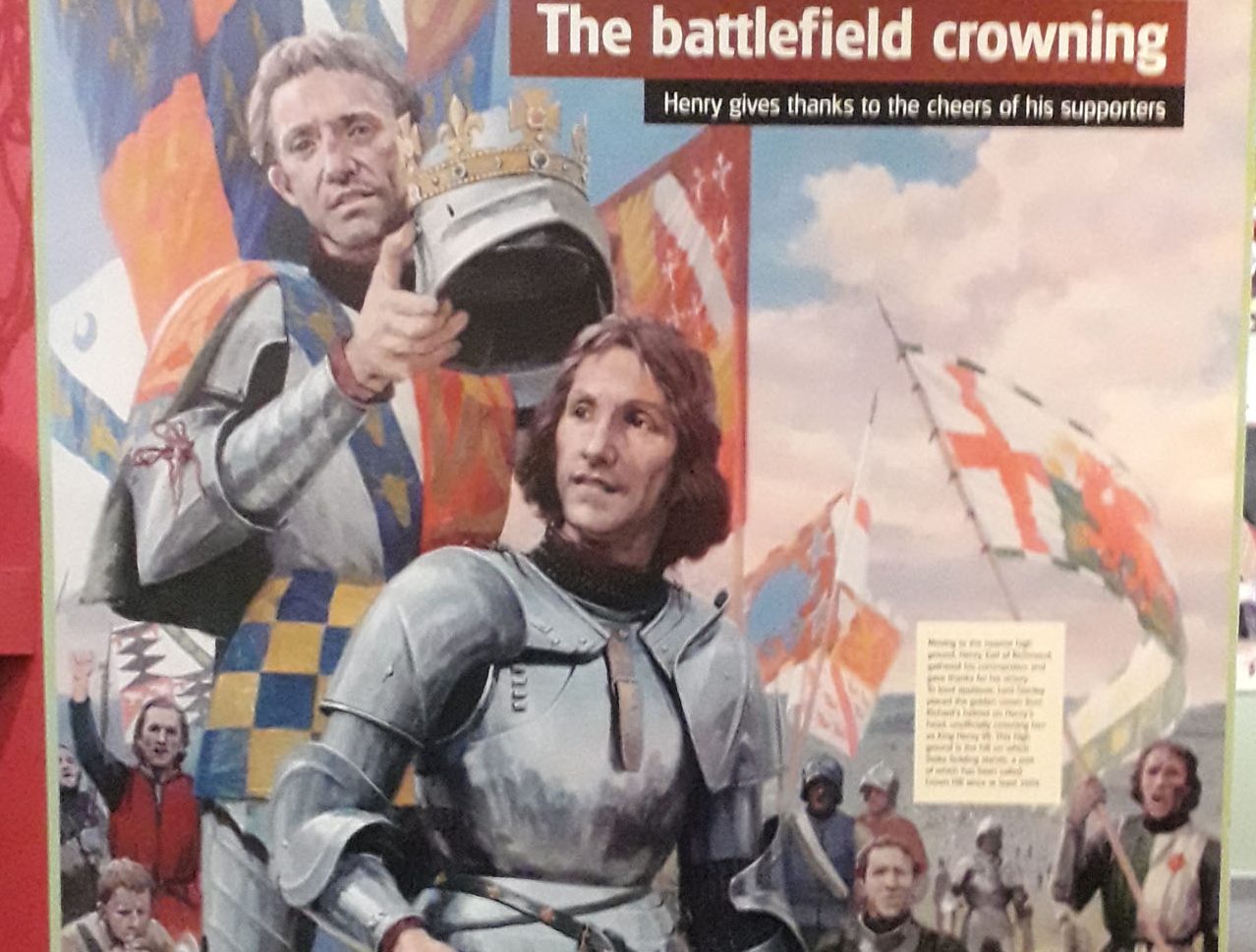The Battle of Bosworth 1485: A rebel army wins the day.
A Battlefield Lost and Found
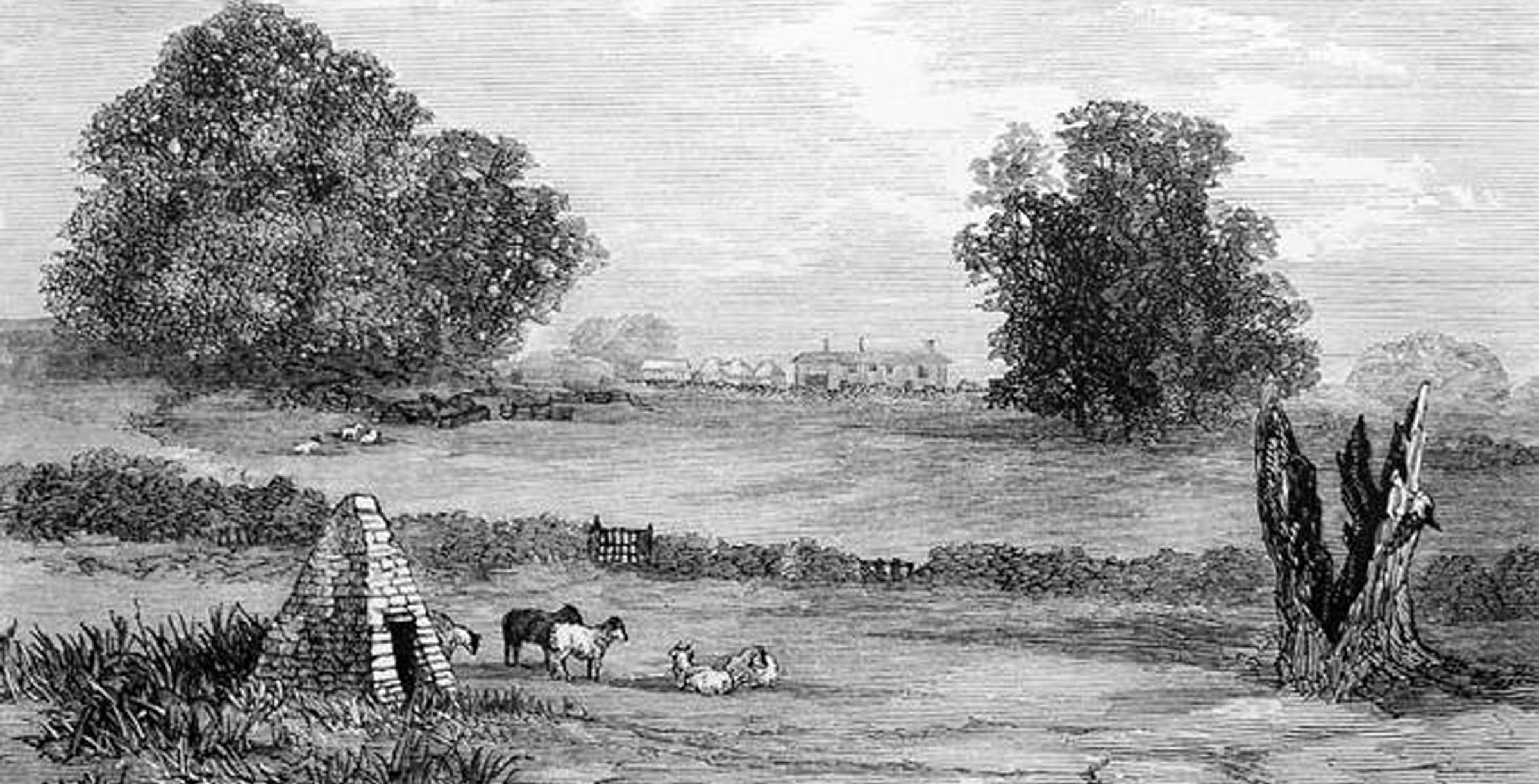
The earliest memorial to Bosworth is King Richard’s Well on Ambion Hill, which was surrounded in stone in the early 19th century.
Based on the written theories available in 1973 Leicestershire County Council chose Ambion Hill Farm to be the location for the Country’s first Battlefield Interpretation Centre to commemorate and tell the story of the events of 22nd August 1485. A trail was set up around the hill and flags dotted about the landscape marked the possible starting positions of the armies. A stone marking Richard’s possible death site was erected near to the village of Shenton.
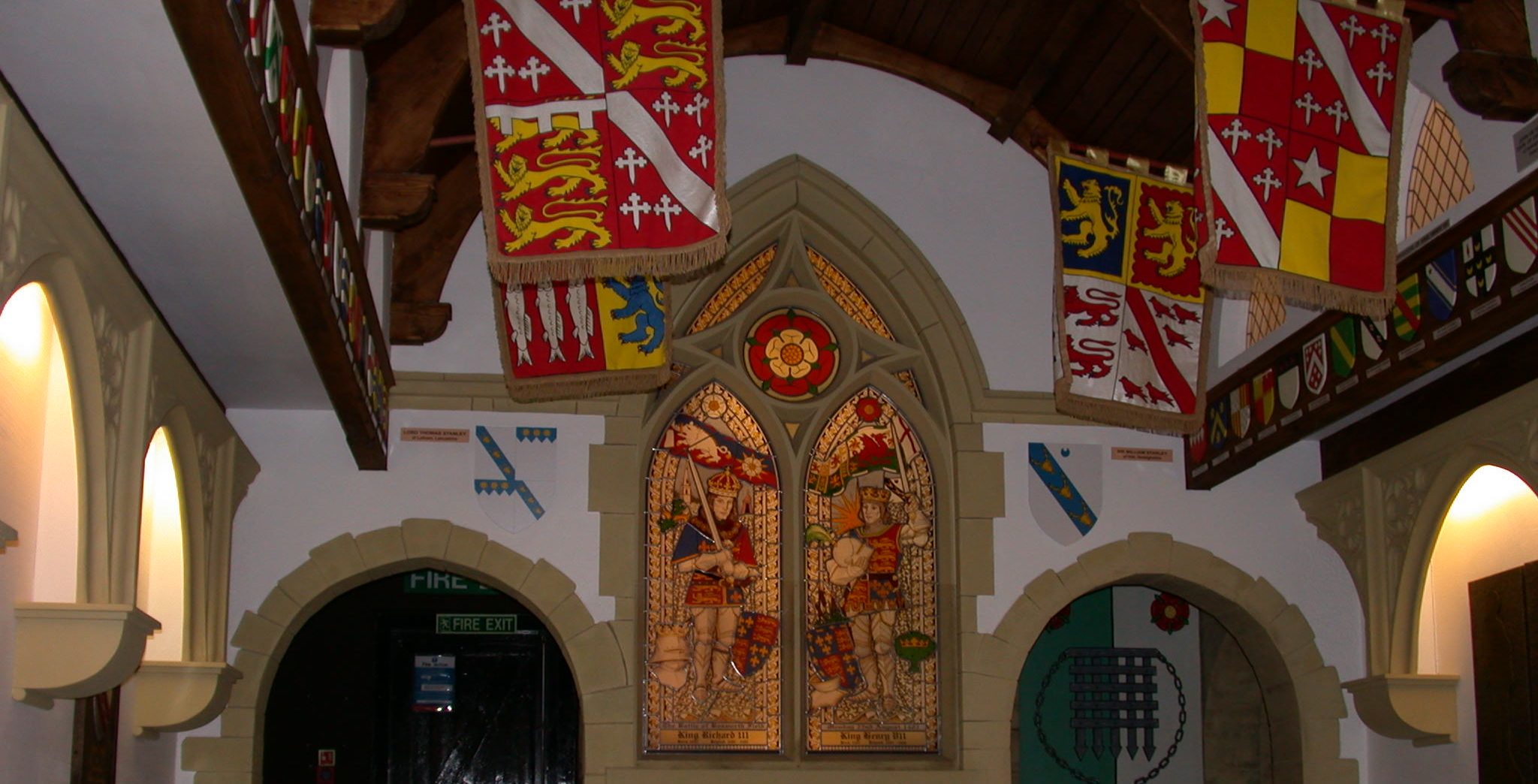
Since the first exhibitions were opened within the cow sheds of the farm in September 1974, there were several phases of development, including a major extension in 1985 creating new galleries, including a chapel of rest, and temporary exhibitions including Towton and Mary Rose displays.
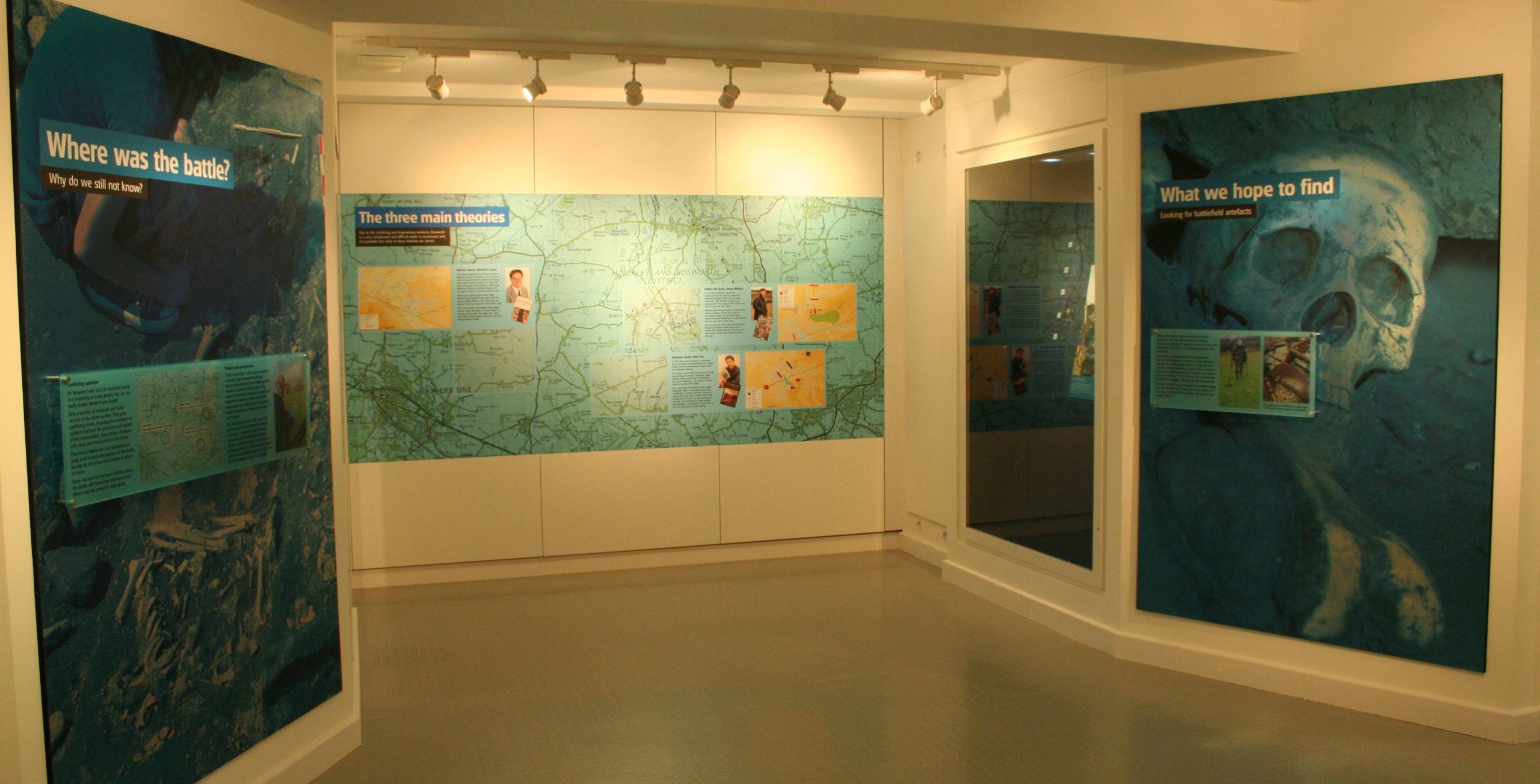
In 2005 a Heritage Lottery Fund (HLF) grant enabled the updating of the exhibition in the light of more recent thinking about the battlefield. This included a gallery dedicated to how the location of the Battlefield had been lost to history and how, with HLF Funding, work was underway to locate the scene of the action which had been hotly debated for 30 years.
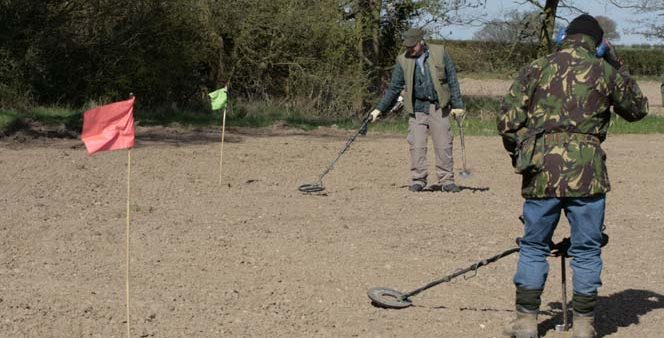
The HLF funded Bosworth Battlefield Survey, led by Dr Glenn Foard of the Battlefields Trust, ran for five years, combining documentary, topographical and fieldwork research. The Project aimed to piece together the landscape of 1485, including Shakespeare’s famous marsh, and to locate any evidence of the Battle. A metal detecting survey of a huge area of land finally recovered a unique collection of medieval lead cannon balls and a light scatter of small items lost by combatants in the Battle.
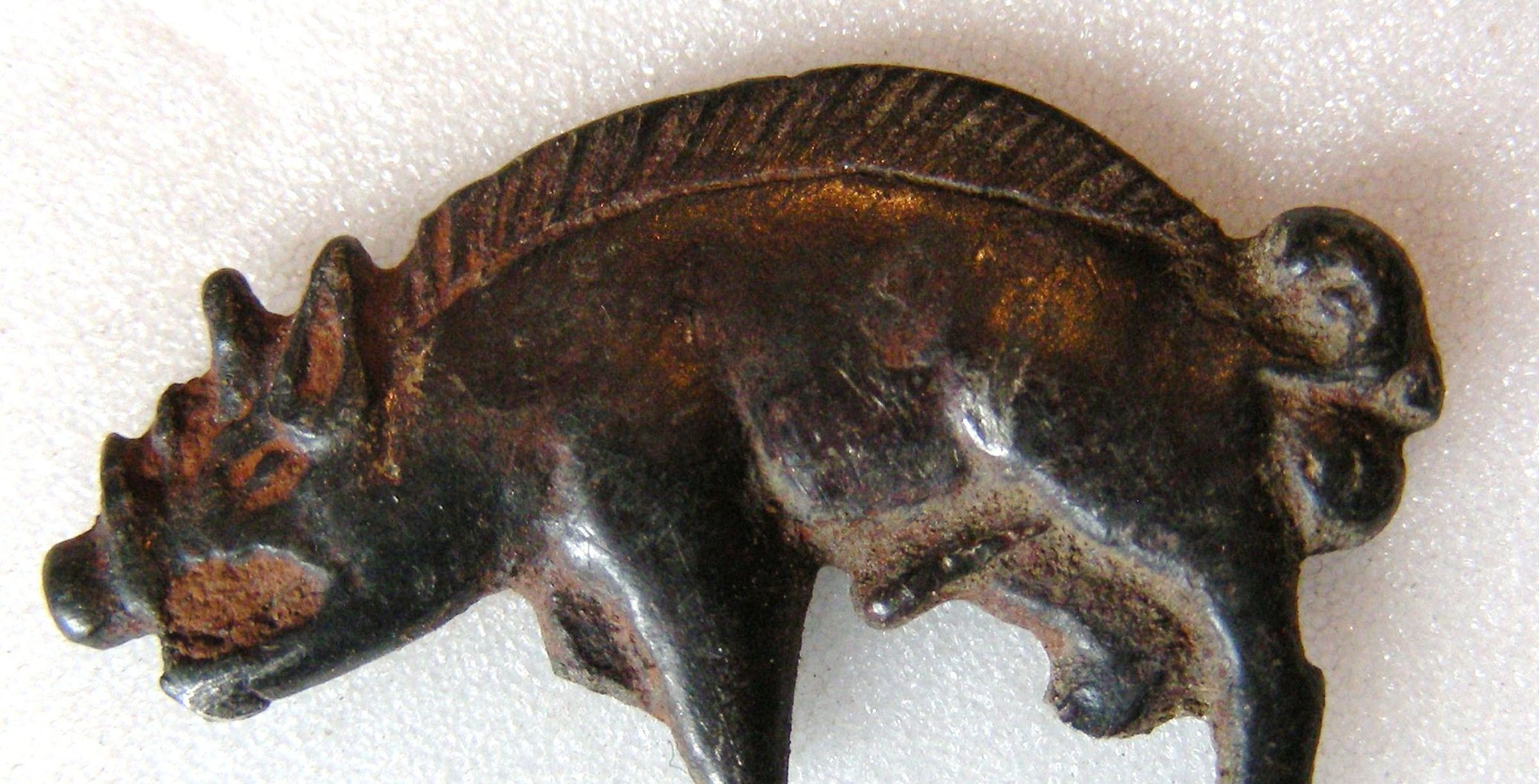
The most iconic find from the survey is the Bosworth Boar, a small silver gilt badge, which was found by Carl Dawson close to the Fenn Lane in 2009.
The Battlefield Survey proved that the Battle was fought about a mile south west of Ambion Hill, on either side of the Fenn Lane.
A press conference in 2010 achieved international interest.
The flags were removed from the landscape and Richard’s Stone was brought back to the Centre.
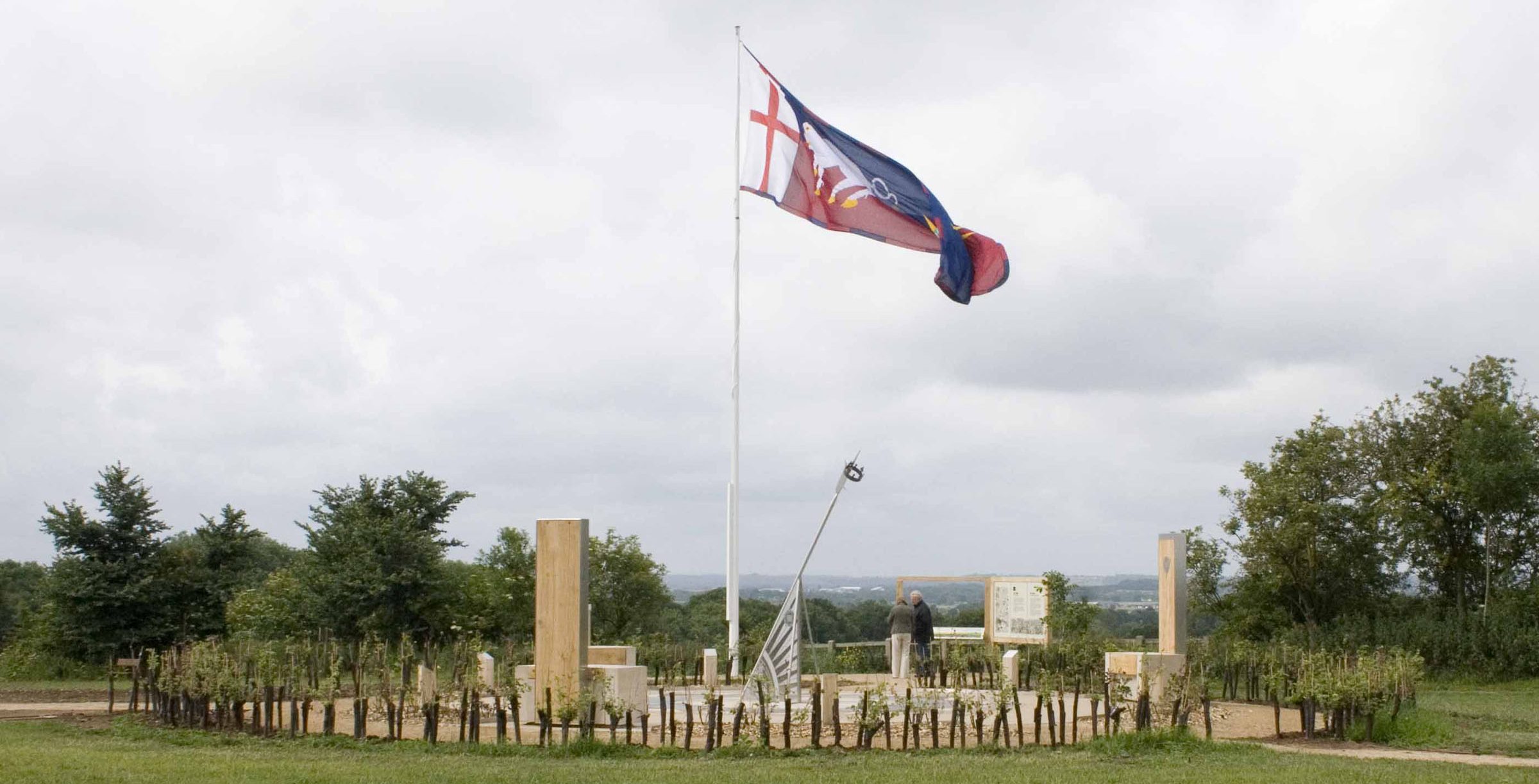
In 2010 the external trail was refreshed with the new understanding of the Battlefield location and a memorial sundial was created on the top of Ambion Hill, with views across the actual battlefield. A second flag pole was then added to fly Henry’s battle standard next to Richard’s.
Mailing list
Never miss a thing. Stay up to date with our latest news offers and events by entering your details below:

